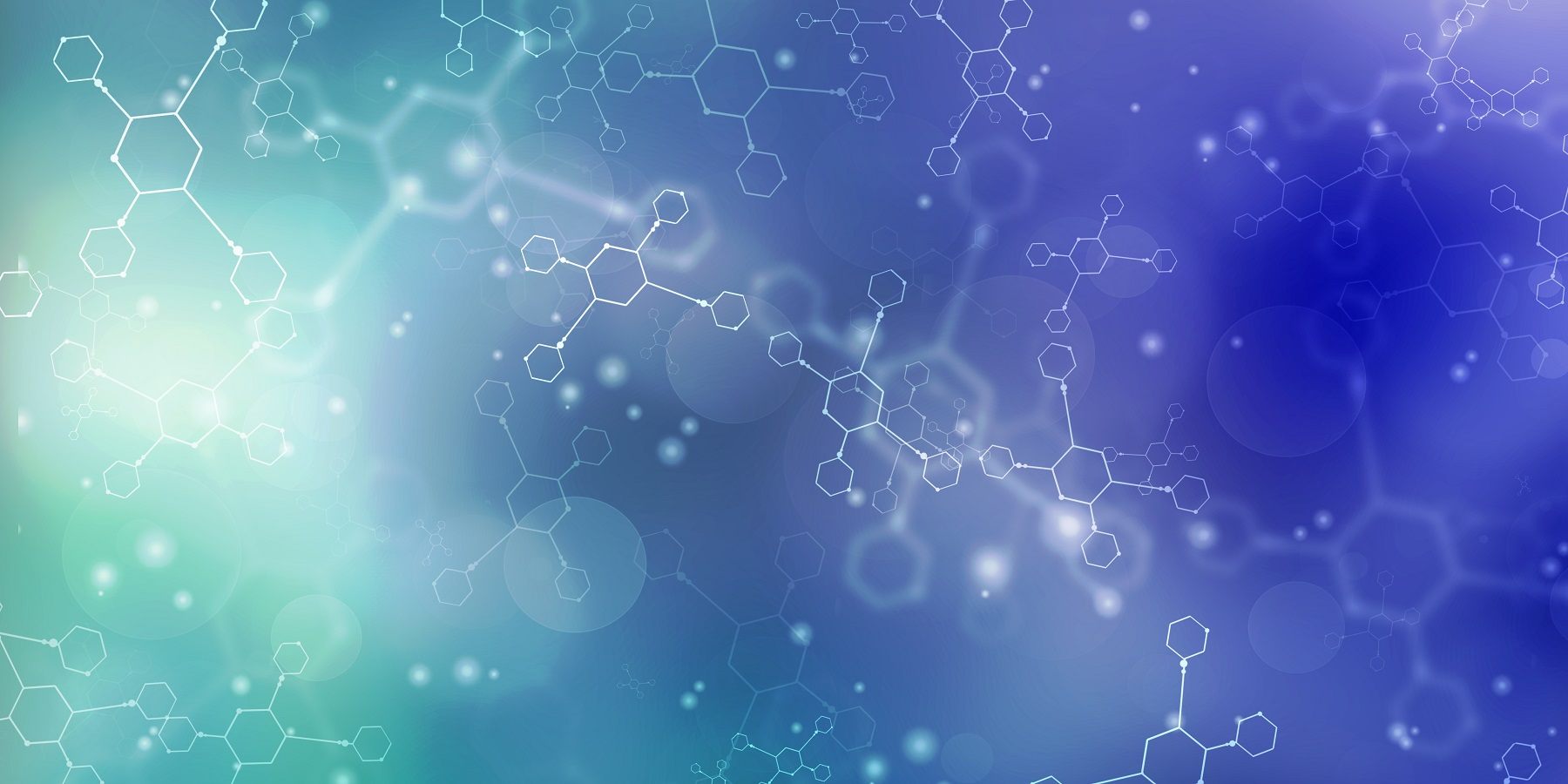Indications
Thiocolchicoside is a skeletal muscle relaxant primarily utilized in the management of orthopedic, traumatic, and rheumatologic disorders. It is specifically indicated as an adjunctive therapy for alleviating painful muscle contractures. The drug is also used in treating acute spinal pathologies and is suitable for adults and adolescents aged 16 years and older. Additionally, recent studies have explored its potential in reducing muscle tone, stiffness, contractures, and soreness in athletes during competitive events.
Pharmacodynamics
Thiocolchicoside functions as a muscle relaxant by selectively binding to the GABA-A receptor, thereby preventing muscle contractions through the activation of the GABA inhibitory motor pathway. It acts as a competitive GABA receptor antagonist and also inhibits glycine receptors, akin to nicotinic acetylcholine receptors. Noteworthy is its potent convulsant activity, necessitating caution in individuals susceptible to seizures. Commonly employed alongside glafenine and meprobamate, thiocolchicoside aids in tranquilizing patients during procedures such as hysterosalpingography. Its therapeutic application extends to conditions of both central and reflexive contractures, including those arising from rheumatic and traumatic events. Furthermore, it provides relief in cases of spastic conditions resulting from hemiparesis, Parkinson's disease, and iatrogenic Parkinson symptoms. Other potential applications include treatment of acute and chronic lumbar and sciatic pain, cervico-brachial neuralgia, persistent torticollis, as well as post-traumatic and post-operative pain.
Absorption
Following oral administration, thiocolchicoside demonstrates approximately 25% bioavailability. After intramuscular administration, the peak plasma concentration (Cmax) occurs within 30 minutes, reaching 113 ng/mL with a 4 mg dose and 175 ng/mL with an 8 mg dose. Corresponding AUC values are 283 and 417 ng.h/mL, respectively. The active metabolite, SL18.0740, is present at lower concentrations with a Cmax of 11.7 ng/mL occurring 5 hours post-administration and an AUC of 83 ng.h/mL. After oral administration, thiocolchicoside is undetectable in plasma; only metabolites, including the active SL18.0740 and inactive SL59.0955, are observed. Both metabolites reach peak plasma concentrations approximately one hour post-administration. For SL18.0740, the Cmax and AUC following a single 8 mg oral dose are approximately 60 ng/mL and 130 ng.h/mL, respectively. The corresponding values for SL59.0955 are significantly lower, with a Cmax of around 13 ng/mL and an AUC ranging from 15.5 ng.h/mL (up to 3 hours) to 39.7 ng.h/mL (up to 24 hours).
Metabolism
Thiocolchicoside undergoes rapid metabolism post-oral administration, resulting in three principal metabolites. Initially, it is converted in the intestines to 3-demethylcolchicine, an inactive metabolite. This is further metabolized in the bloodstream to an active form, 3-O-glucurono-demethylcolchicine, through conjugation, or demethylated to form didemethylcolchicine, another inactive metabolite.
Mechanism of Action
Thiocolchicoside, a synthetic sulfur derivative derived from colchicoside-a naturally occurring glucoside in the Colchicum autumnale plant-exhibits a compelling mechanism of action primarily through its selective and robust affinity for gamma-aminobutyric acid A (GABA-A) receptors. By engaging these receptors, thiocolchicoside activates GABA inhibitory pathways, thereby serving as an effective muscle relaxant. In the human cortex, GABA functions as the primary inhibitory neurotransmitter and plays a critical role in processes such as muscle relaxation, anxiolytic treatment, sedation, and anesthesia. Additionally, GABA can influence cardiovascular functions by modulating heart rate and blood pressure. Thiocolchicoside also interacts with inhibitory glycine receptors, showcasing both glycomimetic and GABA mimetic activity. Glycine, another inhibitory neurotransmitter, acts as an allosteric regulator of NMDA (N-methyl-D-aspartate) receptors, which are integral to motor and sensory processing, thereby influencing movement, vision, and hearing. Research has shown that thiocolchicoside can inhibit recombinant human strychnine-sensitive glycine receptors composed of the alpha1 subunit with a median inhibitory concentration of 47 μM, although it exhibits slightly weaker efficacy when compared to its action on recombinant GABA(A) receptors. Moreover, the product demonstrates a partial inhibitory effect on human nicotinic acetylcholine receptors formed by alpha4 and beta2 subunits, although this occurs only at elevated concentrations. Importantly, thiocolchicoside does not affect the function of 5-HT(3A) serotonin receptors.

